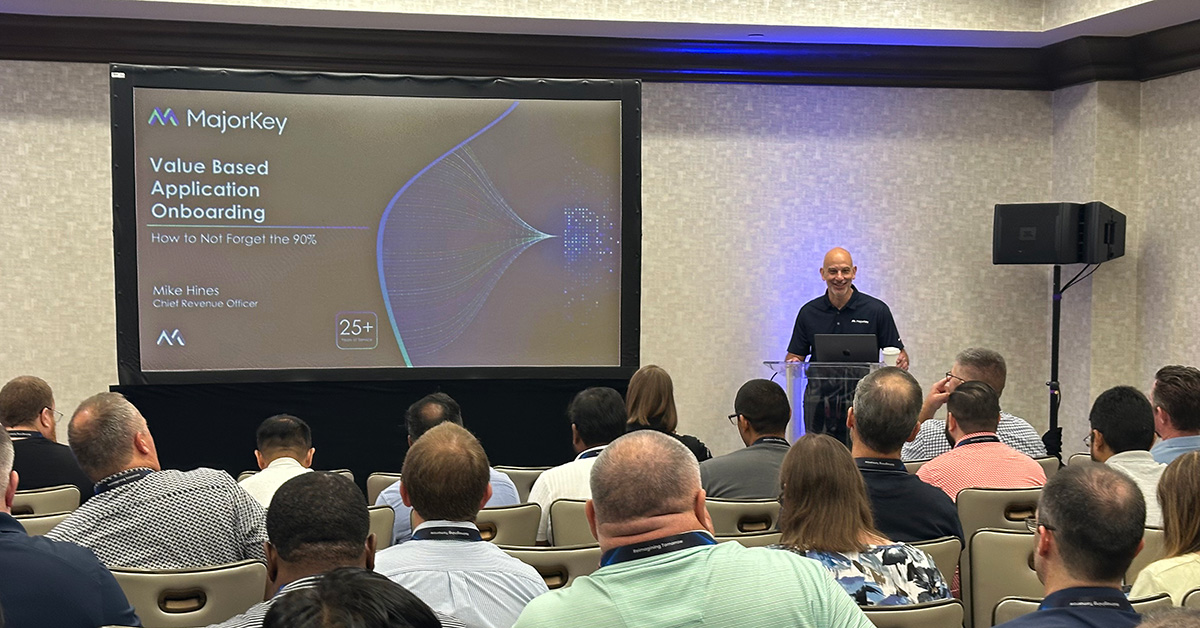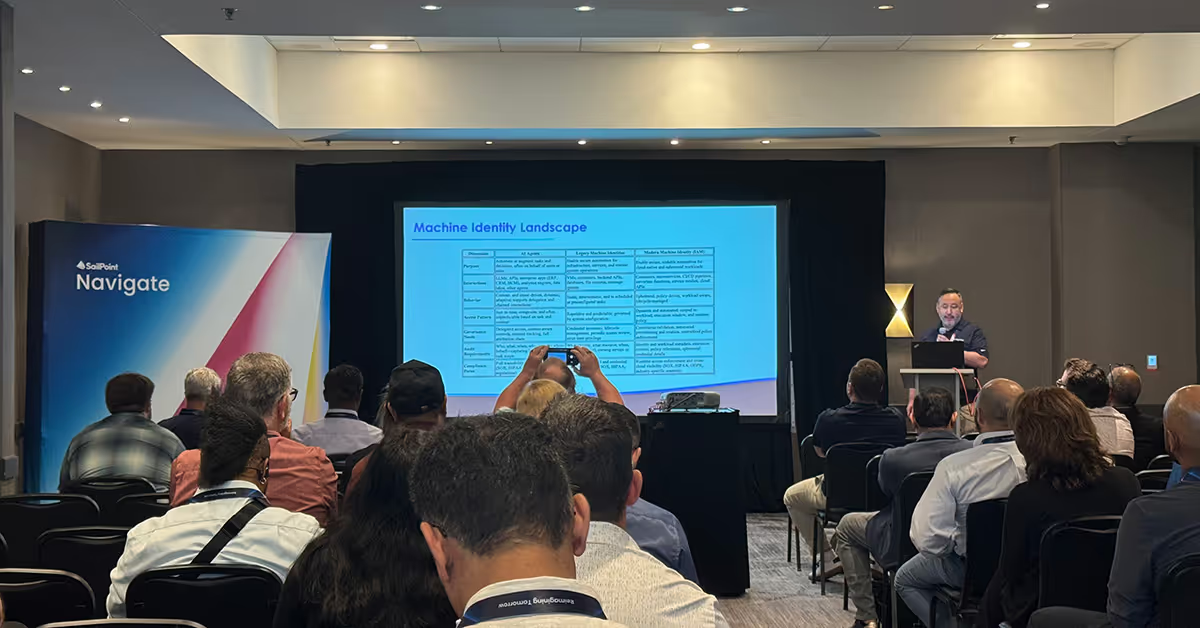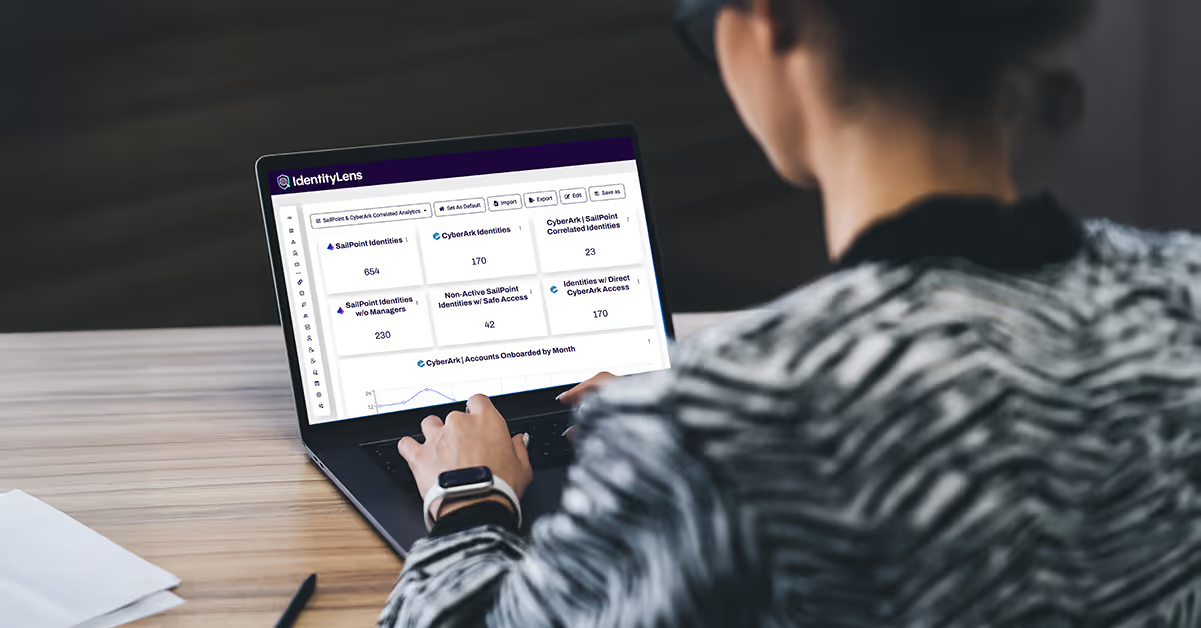IAM for Government: Securing Sensitive Data and Infrastructure
March 7, 2024
|
Duration:
4
min READ

Identity and Access Management (IAM) in government plays a pivotal role in safeguarding sensitive data and infrastructure. It ensures secure and controlled access to digital resources by enforcing policies for user authentication, authorization, and role-based access control.
IAM systems manage user identities, from creation through modification to deletion, while facilitating regulatory compliance through robust audit trails and reporting. These tools are essential for preventing unauthorized access, data breaches, and cyber threats, particularly in sectors handling national security, public health, and critical infrastructure.
In this post we’ll talk through the key features of IAM for government and the various real-life examples of how IAM secures sensitive data and infrastructure.
Key Identity and Access Management Features for Government
Key IAM features for government entities focus on ensuring robust security, compliance with regulations, and efficient management of digital identities. These include:
- Multi-Factor Authentication (MFA): MFA adds an additional layer of security beyond just passwords. It requires users to provide two or more verification factors to access a resource, making unauthorized access more difficult.
- Role-Based Access Control (RBAC): RBAC assigns system access based on a user's role within the organization. It's an efficient way to manage user permissions, ensuring individuals have access only to the information necessary for their roles.
- Privileged Access Management (PAM): PAM specifically handles elevated access and permissions for users who manage critical systems or sensitive information. It's vital for minimizing the risk of security breaches from insider threats or compromised accounts.
- Single Sign-On (SSO): SSO allows users to log in once and gain access to multiple systems without re-authenticating. This improves user convenience while maintaining security.
- User Lifecycle Management: This involves managing the entire lifecycle of a user identity, from account creation, through various role changes, to deactivation. It's crucial for ensuring that access rights are always current and appropriate.
- Audit Trails and Reporting: IAM systems provide detailed logs and reports on user activities and access changes. This is critical for compliance, monitoring, and forensic analysis in case of security incidents.
- Federated Identity Management: This enables users from different departments or government agencies to use their existing credentials to access shared services, enhancing collaboration while maintaining security.
- Compliance Management: IAM tools help government organizations comply with legal and regulatory requirements by enforcing access policies and providing necessary documentation and reporting capabilities.
- Adaptive Authentication: This method adjusts the level of authentication required based on the user’s behavior and context, such as login location or device used, thereby balancing security with user experience.
- Self-Service Capabilities: Features like self-service password reset and access request portals reduce the administrative burden on IT departments and improve user autonomy.
These features are key for establishing a secure, compliant, and efficient Identity and Access Management framework in government settings, where the protection of sensitive data and systems is of paramount importance.
Real-world Identity and Access Management (IAM) Use Cases for Government
Whether it’s protecting the personal data of constituents or military and national security secrets, IAM is a core element of safeguarding our nation. Here are some examples:
- Securing Tax Records: In the IRS or equivalent tax agencies, IAM systems ensure that only authorized personnel can access sensitive taxpayer information, preventing data breaches and identity theft.
- Managing Health Records: Government health departments use IAM to control access to personal health records, ensuring that only healthcare professionals and authorized staff can view or modify these sensitive records.
- E-Government Services: For online government services, like renewing licenses or filing government forms, IAM systems authenticate citizen identities and provide appropriate access rights, ensuring secure and efficient public service delivery.
- Defense and Intelligence Agencies: In high-security environments like the Department of Defense or national intelligence agencies, IAM is used to manage access to classified information, ensuring that only cleared personnel can access sensitive national security data.
- Inter-agency Collaboration: For projects that require collaboration across different government agencies, IAM facilitates secure information sharing by managing federated identities and access rights.
- Remote Access for Government Employees: This became especially relevant in pandemic-driven work-from-home situations, IAM systems provide secure remote access to government networks and databases for employees and contractors.
- Infrastructure Management: For agencies managing critical infrastructure (like energy grids), IAM ensures that operational technology systems and data are accessed only by authorized personnel, protecting against potential cyber threats.
These examples demonstrate the versatile and essential nature of IAM in various facets of government operations, underlining its importance in securing a broad range of sensitive data and critical systems.
In Conclusion
IAM plays an indispensable role in the government, providing robust security and efficient management of digital identities. Its comprehensive features including MFA, RBAC, and PAM, safeguard sensitive data, ensure regulatory compliance, and facilitate seamless user experiences, making it a cornerstone of modern government cybersecurity strategy.
Authors
No items found.
Privileged Identity
Workforce Identity
No items found.
Federal
.svg)



















.svg)
